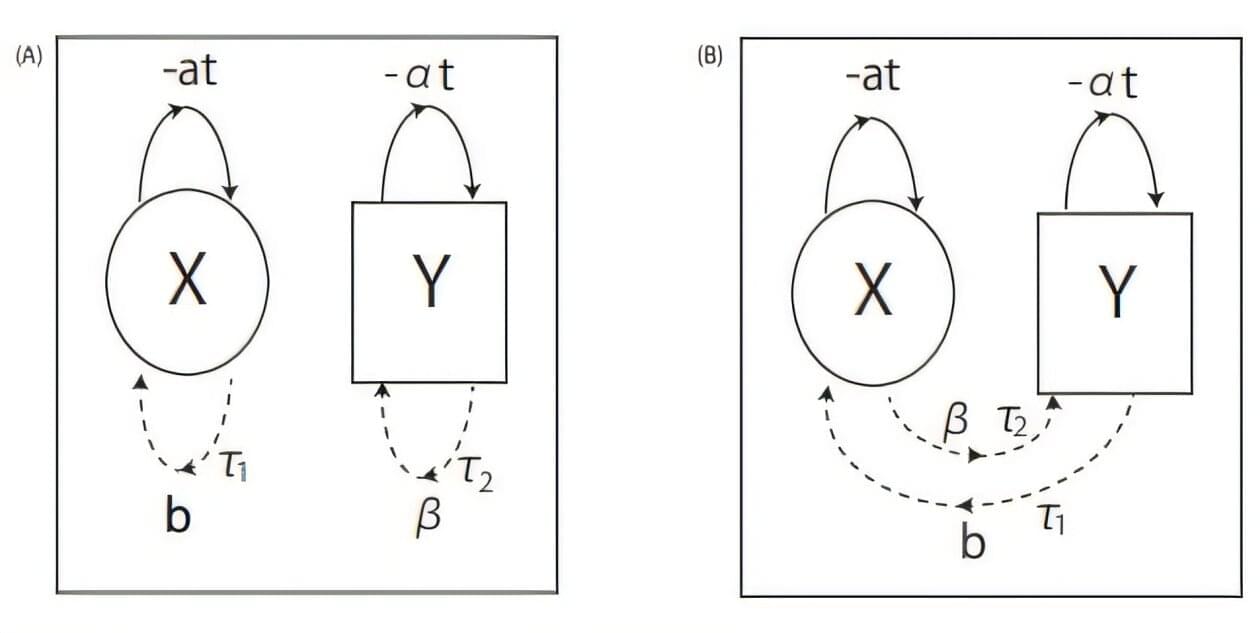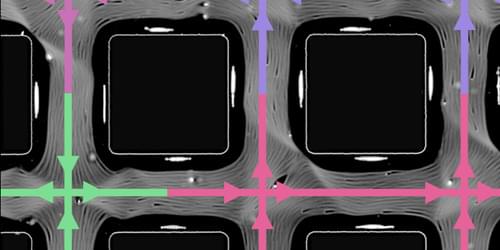Flexcompute’s Flow360, the most trusted GPU-native CFD solution for advanced aviation, accelerates the aerospace design process by optimizing evaluations, enhancing aerodatabase development, and reducing time-to-market while ensuring compliance with regulatory requirements. In collaboration with OEMs, companies like JetZero are using Flow360 to push the boundaries of efficiency and sustainability, advancing revolutionary designs such as blended-wing-body (BWB) aircraft, hydrogen-powered, and advanced propulsion models. This strategic partnership is crucial to transforming air travel and achieving global sustainability goals, accelerating the next era of aviation innovation.
In this webinar, hear from Qiqi Wang on the latest advancements in high-fidelity CFD, joined by John Vassberg, Chief Design Officer at JetZero, as they explore the cutting-edge technologies driving the future of aviation. They will discuss how GPU-powered CFD is enabling faster, more sustainable aircraft design and how strategic collaboration is key to realizing the industry’s ambitious goals.









